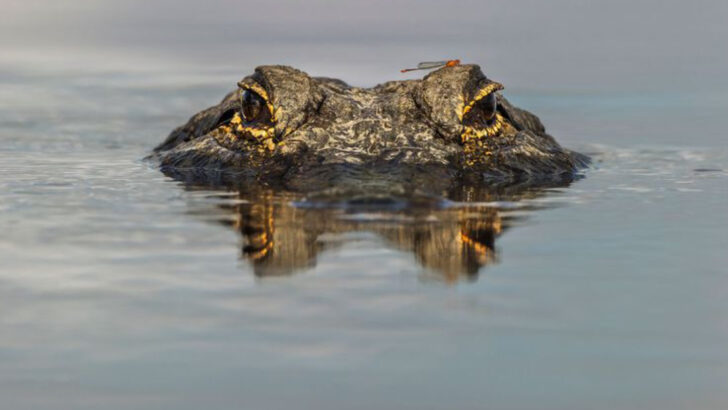Alligators are the true kings of the swamp, lurking in the murky waters of the southeastern U.S. With their ancient, untamed presence, they dominate their habitats and captivate the imagination of wildlife enthusiasts everywhere.
These reptiles have made their home in some of the most diverse and lush environments across the nation. In a few states, alligators are more than just a fascinating sight—they’re a cornerstone of the ecosystem.
This post takes you on a journey through three states where alligators reign supreme. From the swamps of Louisiana to the wetlands of Florida, we’ll uncover what makes these regions the perfect haven for these formidable creatures.
Get ready to learn about the massive alligator populations that call these places home—and discover why these wild habitats are nothing short of extraordinary.
Florida
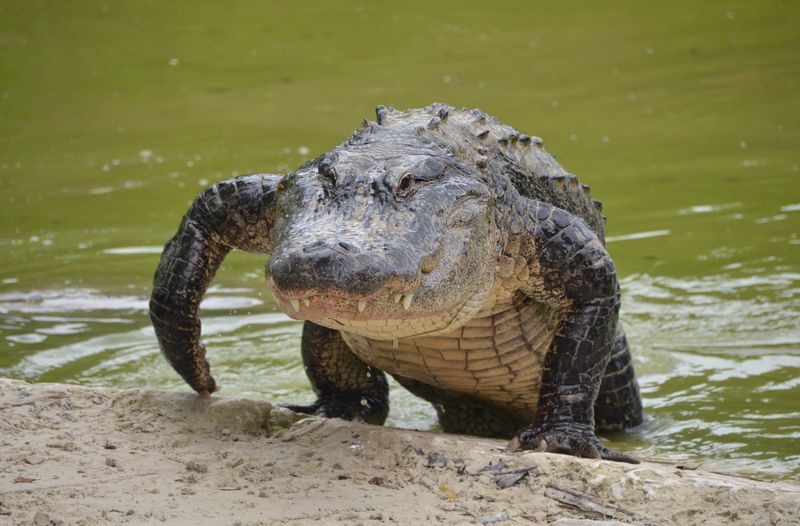
Florida is renowned for its vast alligator population, thriving in its warm, subtropical climate. The state’s extensive network of wetlands, rivers, and lakes provides an ideal habitat. Alligators are most commonly found in the Everglades, where they coexist with numerous other wildlife species.
Visitors to Florida can witness these magnificent creatures in their natural environment, often through guided tours and wildlife excursions. Safety precautions are essential, as alligators are powerful and unpredictable.
Florida’s commitment to conservation ensures the preservation of these ancient reptiles, balancing human interaction with ecological responsibility.
Louisiana
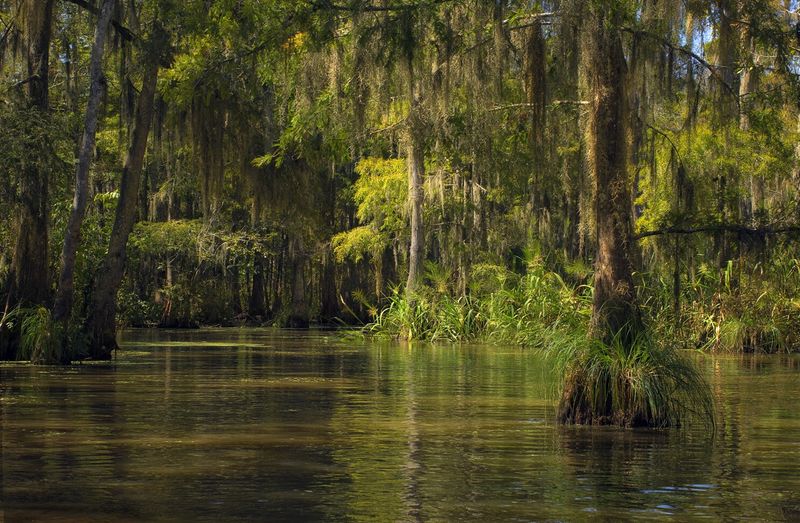
Louisiana boasts a thriving alligator population, particularly in its iconic bayous and swamps. The state’s rich ecosystem supports a diverse array of flora and fauna, making it an alligator paradise.
Tourists flock to Louisiana to experience its unique blend of culture and wildlife, often taking boat tours to observe alligators up close. These creatures play a crucial role in the area’s ecology, controlling prey populations.
Conservation efforts in Louisiana focus on sustaining alligator habitats while promoting eco-friendly tourism, ensuring a harmonious relationship between humans and nature.
Texas
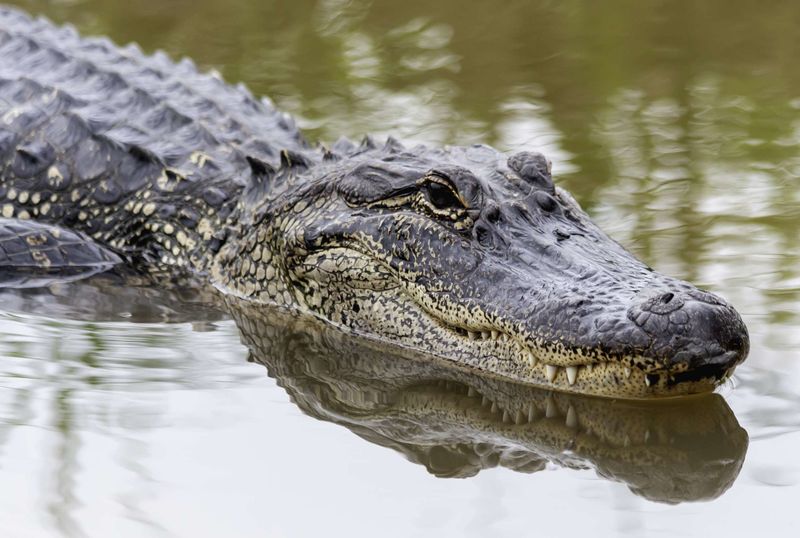
Texas is home to a significant number of alligators, predominantly found in its coastal marshes and river systems. The state’s varied landscape offers rich habitats for these reptiles.
In Texas, alligator sightings are common in wildlife refuges and state parks, where visitors can safely observe them from a distance. Educational programs often highlight the importance of alligators to the ecosystem.
Efforts in Texas focus on habitat restoration and public awareness, emphasizing coexistence with these formidable creatures while respecting their natural habitats.
South Carolina
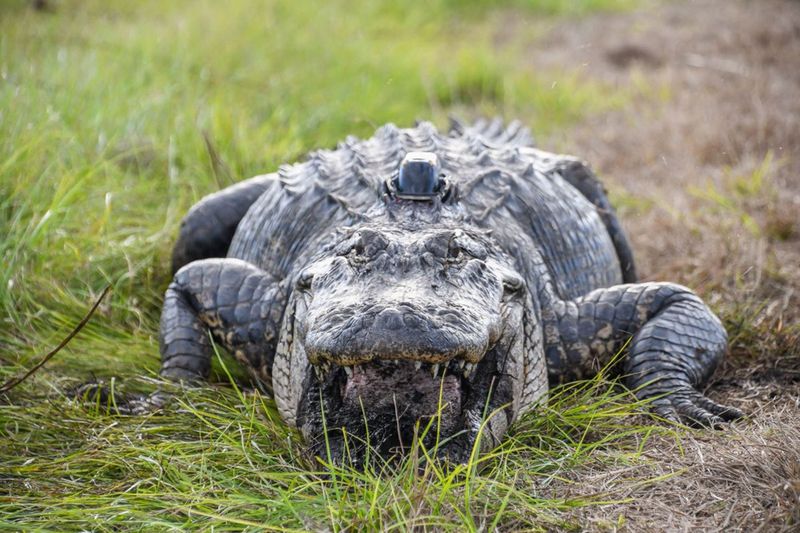
South Carolina’s coastal plain, with its lush swamps and temperate climate, provides an ideal habitat for alligators. These reptiles are often found basking on riverbanks or lurking in murky waters.
The state’s conservation efforts have successfully maintained the alligator population, ensuring their survival and growth. Tourists can take guided tours to observe these creatures in their natural environment, fostering a greater appreciation for wildlife.
With such initiatives in place, alligators continue to thrive here, playing a crucial role in the local ecosystem and attracting wildlife enthusiasts from across the country.
Georgia
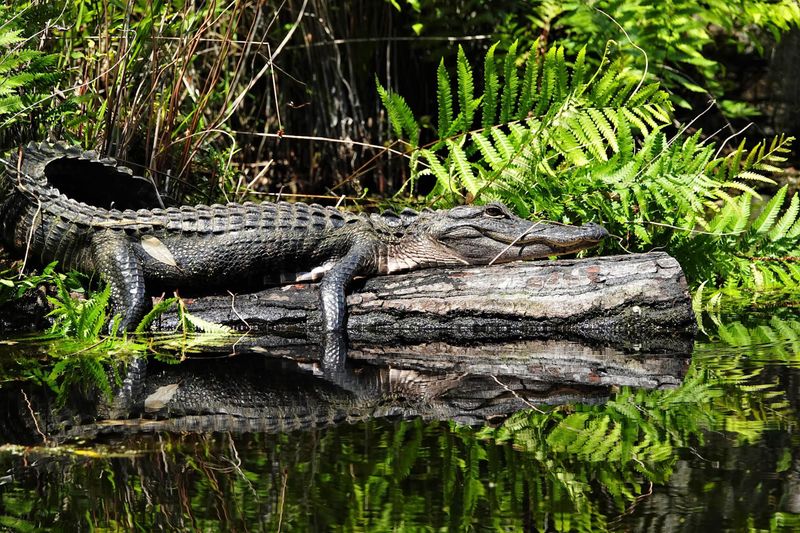
Georgia’s diverse wetlands and warm climate create a perfect environment for alligators. The Okefenokee Swamp, in particular, is renowned for its alligator population.
Visitors to the state can embark on boat tours, offering a unique perspective on these ancient creatures. Alligators in Georgia are not just a spectacle; they are vital to the ecosystem, controlling prey populations and supporting biodiversity.
Conservation programs are in place to protect them, balancing human activity with wildlife preservation. These efforts have helped Georgia become a sanctuary for alligators and an attraction for nature lovers.
Alabama
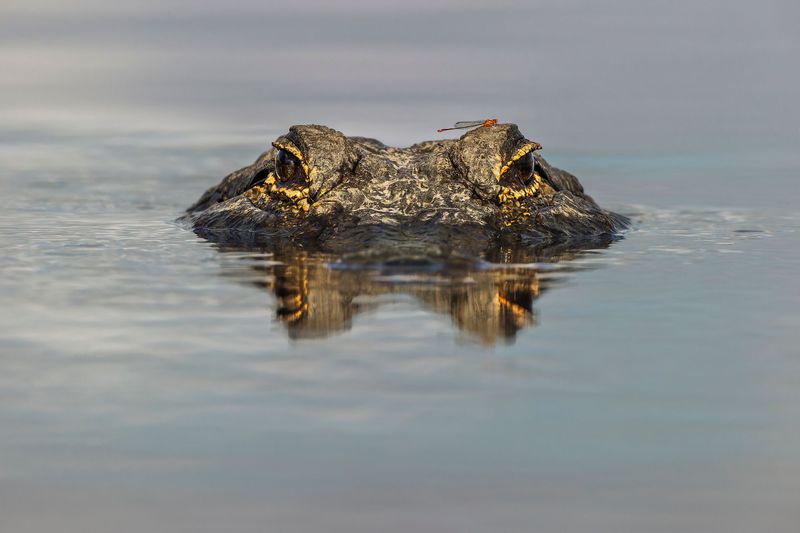
Alabama’s network of rivers and wetlands supports a significant population of alligators. These reptiles are often seen in the Mobile-Tensaw River Delta, a hotspot for wildlife enthusiasts.
The state’s commitment to conservation ensures that alligators are protected, allowing them to flourish. Educational programs raise awareness about the ecological importance of alligators, promoting coexistence with human communities.
Alabama’s alligators are a testament to successful wildlife management, contributing to the state’s rich biodiversity. Observing these magnificent creatures in their natural habitat offers an unparalleled experience for locals and tourists alike.
Mississippi
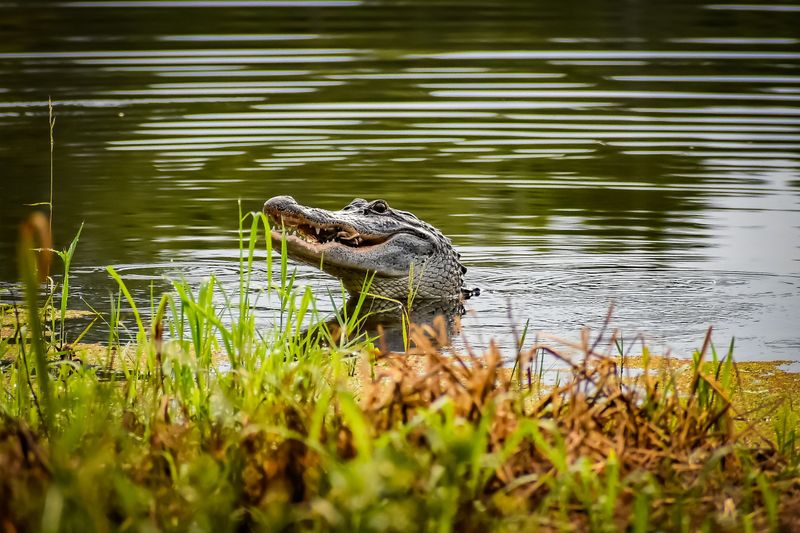
Mississippi’s vast wetlands and swamps are home to a thriving alligator population. These creatures are commonly spotted in the Jackson area, where they inhabit local rivers and lakes.
The state has implemented effective management strategies to maintain healthy alligator populations, balancing ecological needs with human interests. Wildlife tours provide opportunities to observe alligators in their natural settings, offering educational insights into their behavior and habitat.
Mississippi’s dedication to wildlife conservation ensures that alligators remain an integral part of its ecosystem, attracting both researchers and curious visitors eager to learn about these reptiles.
Arkansas
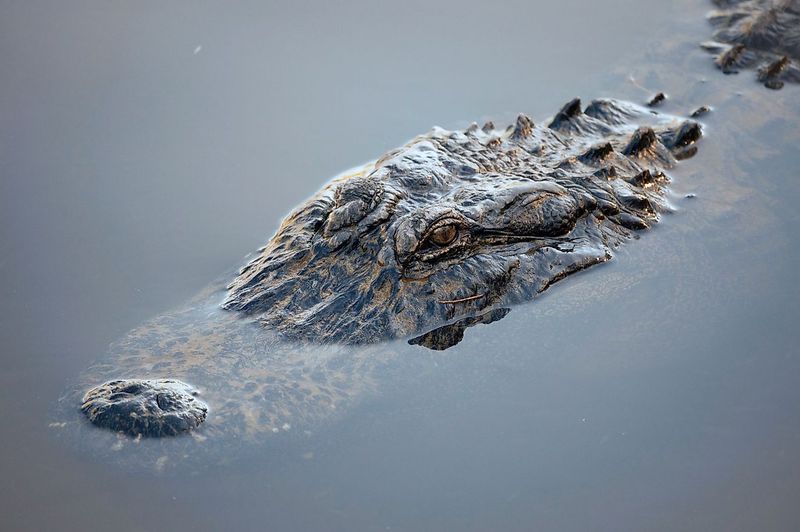
Arkansas may not be the first state that comes to mind when thinking of alligators, but its southeast corner is home to a surprising number of these reptiles.
The warm climate and abundant water sources make it a suitable habitat. Conservation efforts focus on protecting these creatures while educating the public on their role in the ecosystem.
This lesser-known alligator population highlights the adaptability of these animals, surviving in areas not typically associated with them. Arkansas offers a unique opportunity to witness alligators in a setting that’s both unexpected and intriguing, adding to the local wildlife diversity.
North Carolina
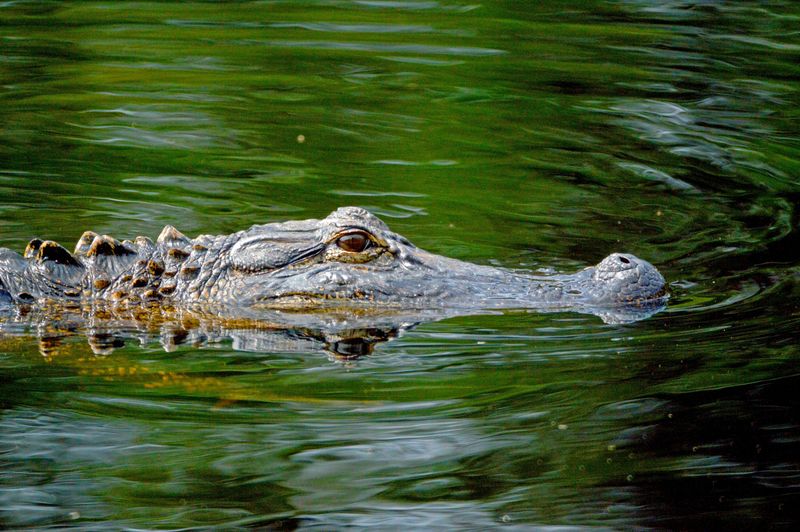
North Carolina’s coastal marshes and estuaries provide a habitat for a smaller, yet significant alligator population. These reptiles are primarily found in the southeastern part of the state, where the climate and environment suit their needs.
Conservation programs aim to preserve their habitat, ensuring that alligators remain a part of the local wildlife. Spotting an alligator in this region can be an exciting experience, as they often bask in the sun along riverbanks.
North Carolina’s commitment to preserving its wildlife allows alligators to thrive, contributing to the region’s ecological balance and natural beauty.
Oklahoma
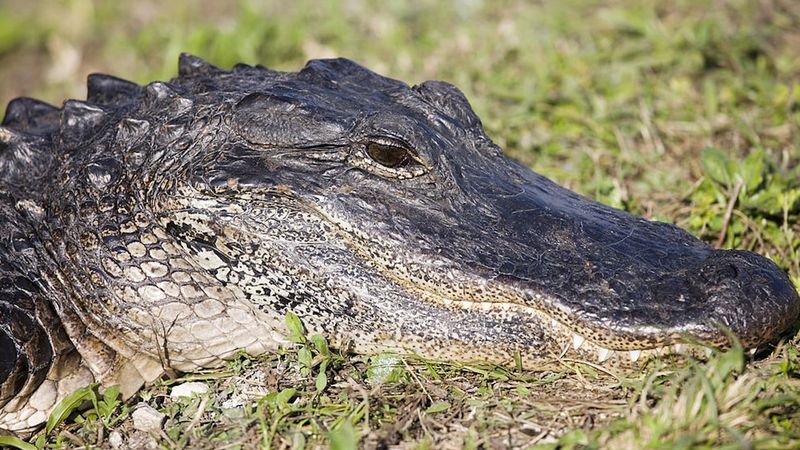
Oklahoma might seem an unlikely home for alligators, yet these resilient reptiles have established a presence in the state’s southeastern corner. The Red Slough Wildlife Management Area provides a suitable habitat, supporting a small but stable population.
Conservation efforts ensure their protection, balancing human activities with wildlife needs. This unexpected location showcases the adaptability of alligators, capable of thriving in diverse environments.
Visitors to Oklahoma can explore these habitats, gaining insight into the unique challenges and triumphs of wildlife conservation. The state’s alligators offer a surprising twist to its natural wonders, engaging both residents and tourists.

